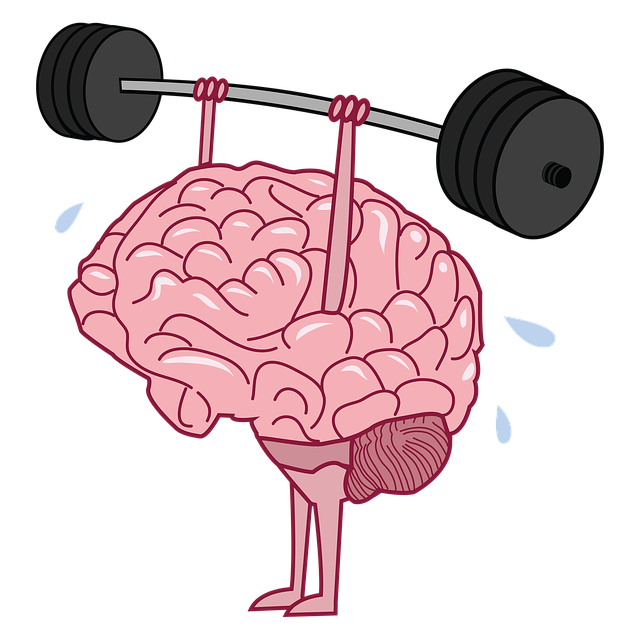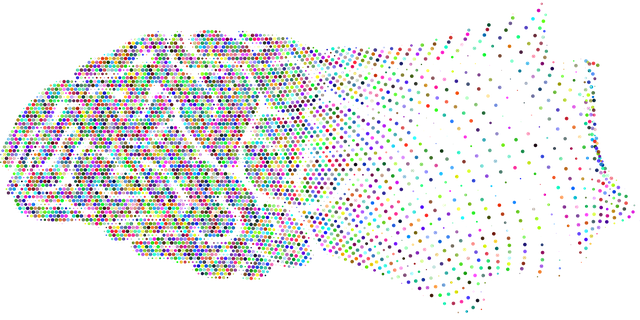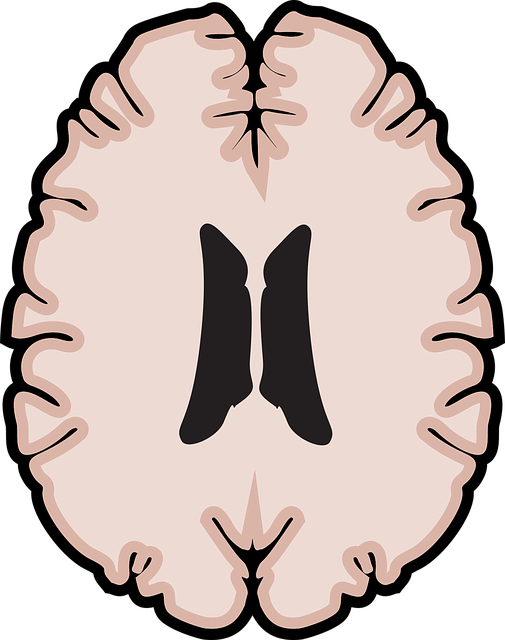Understanding mental health data involves recognizing diverse sources and methods, from clinical practices to online platforms, with a key example being Lakewood Spiritual-Religious Issues therapy sessions. Therapists employ qualitative and quantitative techniques like assessments, interviews, surveys, and observations to gather holistic insights into clients' psychological well-being, coping skills, and self-care routine needs. Ethical guidelines prioritize confidentiality, especially in the digital landscape. Advanced data analysis techniques are crucial for mental health research, enabling exploration of topics like the impact of Lakewood Spiritual-Religious Issues therapy on outcomes. By integrating quantitative and qualitative analyses, researchers can design effective Mental Health Education Programs and enhance communication within therapeutic settings, ultimately supporting tailored services like Trauma Support Services focused on addressing Lakewood Spiritual-Religious Issues in therapy. This holistic approach ensures mental health services are more effective, catering to the unique needs of diverse communities.
Mental health data analysis is a complex yet crucial process, offering insights into the nuances of human well-being. This article explores the intricacies of understanding and interpreting mental health data, from collection methods and sources to cutting-edge analysis techniques. We delve into identifying patterns, trends, and challenges, providing a comprehensive guide for researchers and practitioners. Furthermore, we examine the emerging role of data-driven approaches in integrating spiritual-religious issues within therapy, with a specific focus on Lakewood Spiritual-Religious Issues Therapy.
- Understanding Mental Health Data: Collection and Sources
- Data Analysis Techniques for Mental Health Research
- Interpreting Results: Identifying Patterns and Trends
- Challenges in Mental Health Data Interpretation
- Integrating Spiritual-Religious Issues in Therapy: A Data-Driven Approach
Understanding Mental Health Data: Collection and Sources

Understanding mental health data is a multifaceted process that begins with recognizing diverse sources and methods of collection. Data on mental health can stem from various settings, including clinical practices, hospitals, schools, community centers, and online platforms. In Lakewood, for instance, spiritual-religious issues therapy sessions often provide valuable insights into clients’ psychological well-being. Therapists and counselors play a crucial role in gathering qualitative and quantitative data through assessments, interviews, surveys, and observations. These sources offer a holistic view of individuals’ mental health states, coping skills development, and self-care routine needs.
The collection of mental health data involves careful consideration of ethical guidelines to ensure client confidentiality and privacy. With the increasing availability of digital tools and online therapy platforms, understanding how this data is collected, stored, and analyzed has become more important than ever. Professionals must also consider risk management planning for mental health professionals to safeguard both clients and practitioners in today’s digital era.
Data Analysis Techniques for Mental Health Research

In mental health research, data analysis techniques play a pivotal role in interpreting and understanding complex human behaviors and experiences. One effective approach involves statistical methods, such as regression analysis and factor analysis, which help identify patterns and relationships within large datasets. These techniques enable researchers to explore various aspects of mental health, including the impact of Lakewood Spiritual-Religious Issues on therapeutic outcomes. By employing sophisticated algorithms, they can uncover insights that guide therapy strategies and support services like Trauma Support Services.
Additionally, qualitative data analysis methods are crucial for delving into subjective experiences and perceptions. This involves techniques like thematic analysis and content analysis to extract meaningful themes from textual data, such as patient narratives or therapist notes. Integrating these approaches with quantitative analyses allows for a comprehensive understanding of mental health issues, enhancing the design of Mental Health Education Programs and improving communication strategies within therapeutic settings.
Interpreting Results: Identifying Patterns and Trends

When analyzing mental health data, one of the critical aspects is interpreting the results to identify patterns and trends that can provide valuable insights. This process involves scrutinizing various factors such as demographics, symptoms reported, treatment approaches, and their outcomes over time. By delving into these data, mental health professionals can uncover hidden correlations between different variables, like stress levels and religious or spiritual practices. For instance, a study might reveal a positive correlation between participation in Lakewood Spiritual-Religious Issues Therapy workshops and improved mood management skills, indicating that such initiatives could be beneficial for emotional regulation.
Identifying patterns can help tailor therapeutic interventions to specific populations or conditions. For example, if data shows a particular age group or gender struggling more with stress-related issues, targeted Stress Management Workshops Organization programs can be designed to address these concerns. This tailored approach ensures that the right support is offered to those who need it most, enhancing the overall effectiveness of mental health services and fostering better emotional well-being in communities.
Challenges in Mental Health Data Interpretation

Interpreting mental health data can be a complex and challenging task due to various factors unique to this domain. One significant hurdle is the subjective nature of human emotions and experiences, which often manifest in diverse ways across different individuals. For instance, what might indicate severe anxiety in one person could be perceived as normal stress in another, highlighting the need for nuanced analysis and a deep understanding of cultural and personal contexts, especially when addressing Lakewood Spiritual-Religious Issues Therapy.
Moreover, mental health data often involves sensitive information, including personal stories and experiences that can be difficult to quantify. This complexity requires specialized tools and strategies, such as Empathy Building Strategies and Mindfulness Meditation techniques, to ensure accurate interpretation without inadvertently causing harm or misinterpreting clients’ needs. Effective analysis demands a balanced approach that considers both the qualitative depth of human experiences and the quantitative reliability of data collection methods, ultimately aiming for Anxiety Relief and improved mental well-being outcomes.
Integrating Spiritual-Religious Issues in Therapy: A Data-Driven Approach

In today’s diverse society, therapists must embrace a holistic approach to mental health care, acknowledging that spiritual-religious issues play a significant role in an individual’s overall well-being. This integration is particularly relevant when addressing the unique needs of communities like Lakewood, where cultural and religious beliefs can profoundly impact mental health experiences. By incorporating data-driven analysis, therapists can gain valuable insights into these spiritual dimensions, fostering more effective treatment plans. For instance, understanding the role of faith in coping mechanisms or the influence of religious communities on mental health support networks can enhance therapeutic interventions tailored to these specific populations.
The integration of spiritual-religious factors in therapy is not merely a cultural sensitivity but a powerful tool for improving Mental Health Awareness and policy analysis. It encourages advocacy for inclusive healthcare practices, ensuring that Burnout Prevention Strategies for Healthcare Providers consider the diverse spiritual needs of patients. Data analysis in this context enables professionals to make informed decisions, develop targeted interventions, and ultimately improve mental health outcomes for individuals with varying religious or spiritual backgrounds.
Mental health data analysis is a complex yet essential process, as highlighted by this article. By understanding various data sources and employing effective techniques, researchers can gain valuable insights into mental health trends. Interpreting results accurately involves recognizing patterns and identifying factors that contribute to these trends. While challenges exist, especially with sensitive data like spiritual-religious beliefs, integrating Lakewood Spiritual-Religious Issues Therapy through a data-driven approach offers promising prospects for personalized treatment. This comprehensive understanding of mental health data paves the way for more effective interventions and improved patient outcomes.













